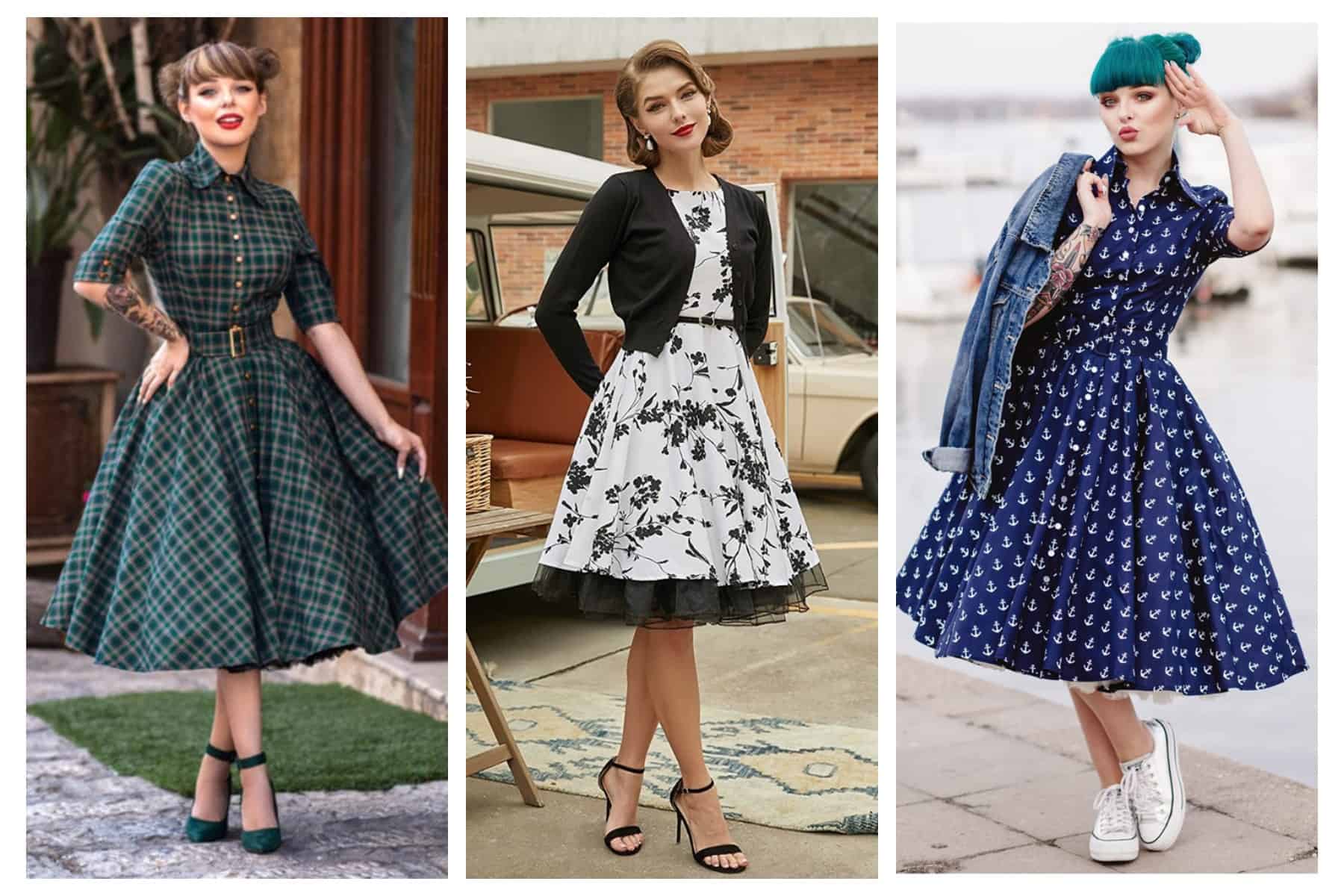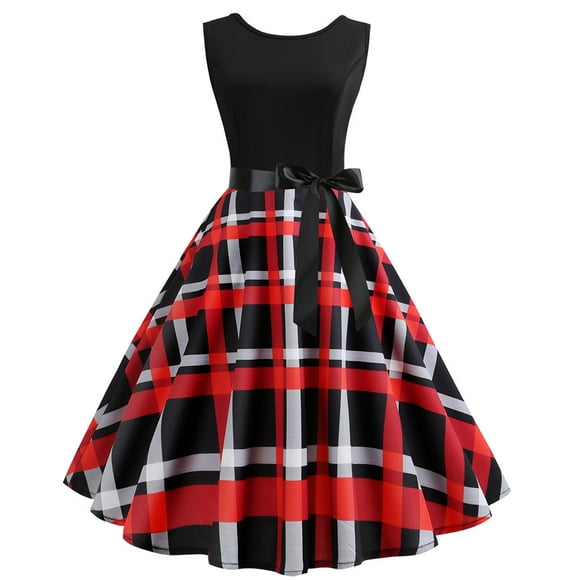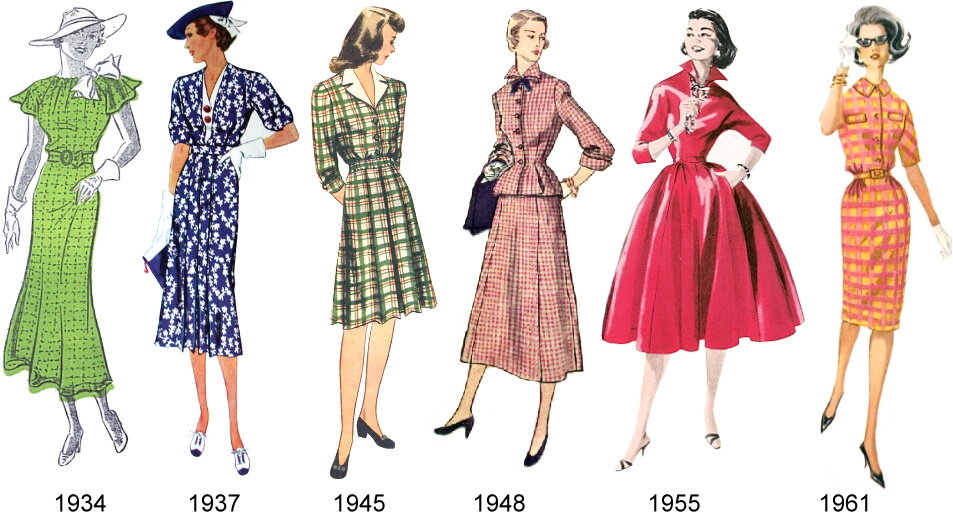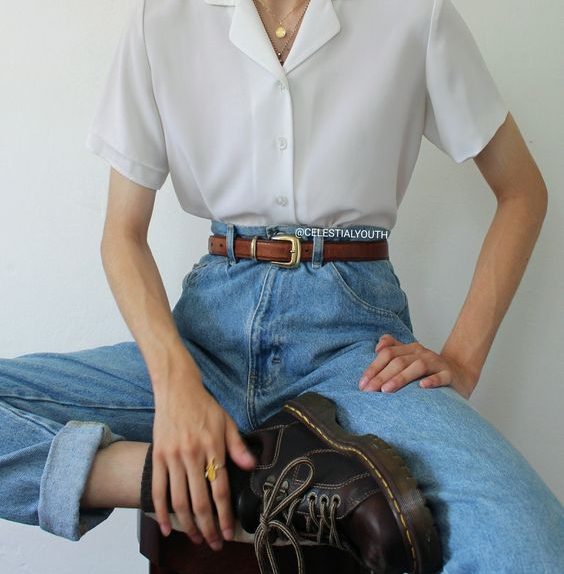
Vintage clothing refers to clothing that was produced in a previous era and has since become a collector’s item or a fashion trend. Generally, vintage clothing is at least 20 years old, and often much older.
Vintage clothing can be found in many places, including vintage stores, thrift stores, flea markets, and online marketplaces. The appeal of vintage clothing lies in its uniqueness, quality, and history that it carries.
When wearing vintage clothing, it’s important to consider the fit and condition of the garment. Vintage clothing may require alterations or repairs to ensure it fits properly and is in good condition. It’s also important to mix vintage pieces with modern pieces to create a balanced and contemporary look.
Here are some of the best beginner tips For Buying Vintage Outfits.
Vintage clothing can be a great addition to any wardrobe, but buying vintage can be a little overwhelming for beginners. Vintage clothing can be a great addition to any wardrobe, but buying vintage can be a little overwhelming for beginners.If you’re new to buying vintage clothes, it can be an exciting and rewarding experience. Here are some tips for beginners to keep in mind when buying vintage clothes:

Have knowledge about what you’re looking for:
Before you start shopping, it’s helpful to have a general idea of what styles, eras, and fabrics you’re interested in. Do some research online or in vintage fashion books to get a sense of what you like and what’s available. If you’re new to buying vintage, start with simple pieces that can be easily incorporated into your wardrobe. Look for classic styles like high-waisted jeans, leather jackets, and denim jackets.
Check the condition:
Vintage clothes can be fragile, so it’s important to check for any signs of wear or damage before making a purchase. Look for stains, tears, holes, and signs of moth damage. If you’re not sure about the condition, ask the seller for more information or photos.
Check the fit:

Vintage clothes are often sized differently than modern clothes, so it’s important to try them on before buying. If you’re shopping online, pay attention to the measurements provided by the seller and compare them to your own measurements. It is advised to keep a measurement of your waist, hips, and bust, and keep these measurements handy when going out to shop for vintage outfits.
Shop at reputable stores:
When buying vintage clothes, it’s important to shop at reputable stores or from reputable sellers. Look for stores or sellers with good reviews and a history of selling high-quality vintage clothing. If buying from elsewhere, it is suggested to do a proper inspection of the garments. Check the garment thoroughly for any flaws, such as stains, tears, or holes. Vintage clothing can be fragile, so make sure to handle it gently and check for any signs of damage.

Be prepared to alter:
Vintage clothes may require alterations to fit properly or to restore them to their original condition. If you’re not handy with a needle and thread, look for a tailor or seamstress who specializes in vintage clothing. When altering a vintage outfit, try to preserve as many original details as possible. For example, if you’re shortening a vintage dress, save the extra fabric and lace trim to use as a hem. Choose alterations that will enhance the garment and make it more wearable. For example, adding darts or taking in the waist can help a vintage dress fit better while shortening a hemline can update the look. lastly, it is most important to find a skilled tailor or seamstress who is experienced with vintage clothing. They will know how to work with delicate fabrics and vintage construction techniques.
Mix vintage with modern:

Mixing vintage pieces with modern pieces is a great way to create a unique and contemporary look. Pair a vintage dress with modern shoes or a vintage jacket with a modern t-shirt. Vintage clothing often has different proportions than modern clothing, so it’s important to balance the two. For example, if you’re wearing a vintage high-waisted skirt, pair it with a modern fitted top to balance out the proportions. You can also try adding modern accessories like jewelry, shoes, or a bag that can help update a vintage outfit. For example, pair a vintage dress with modern statement earrings and ankle boots.
Have fun and Enjoy every moment :
Shopping for vintage clothes should be a fun and exciting experience. Don’t be afraid to experiment with different styles and eras, and don’t worry too much about following fashion rules or trends.
In conclusion, buying vintage clothes can be a fun and rewarding experience, but it’s important to do your research, check the condition and fit, and shop at reputable stores or sellers. With a little bit of patience and creativity, you can create a unique and stylish wardrobe full of one-of-a-kind vintage pieces.
